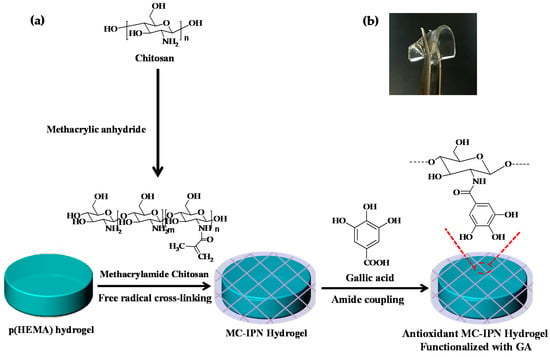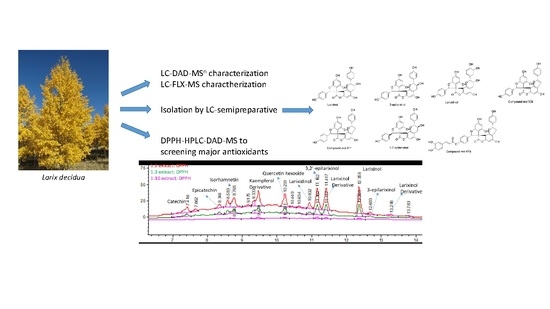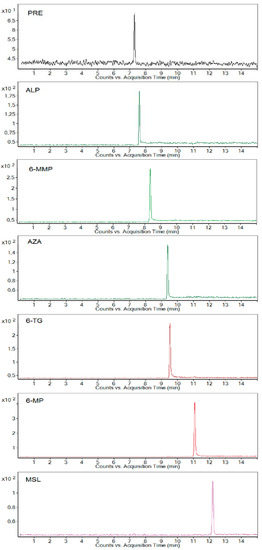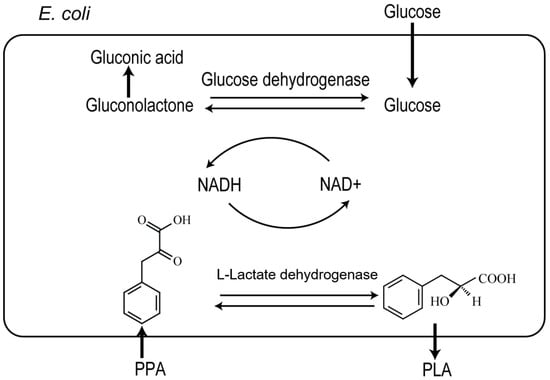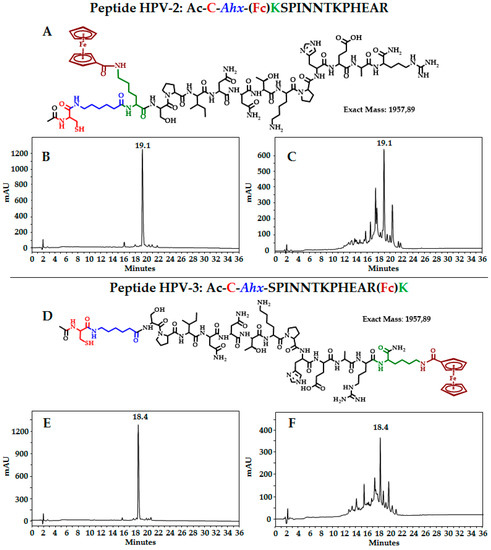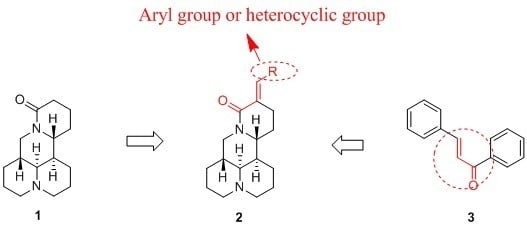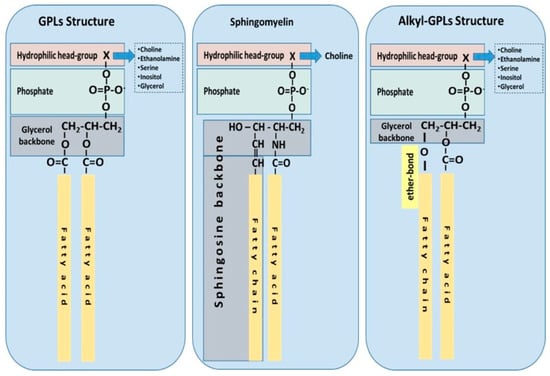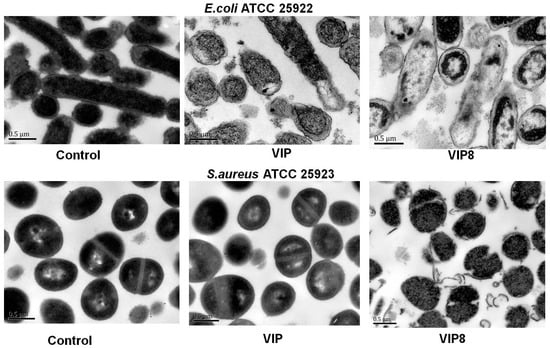1
Nuclear Chemistry Research Division, Korea Atomic Energy Research Institute, 989-111 Daedeok-daero, Yuseong-gu, Daejeon 34057, Korea
2
Department of Chemistry, Chosun University, Gwangju 61452, Korea
3
Department of Natural Sciences, Caraga State University, Butuan City 8600, Philippines
4
Department of Chemistry, Dankook University, 119, Dandae-ro, Chungnam 31116, Korea
5
Department of Biomedical Engineering, School of Medicine, Catholic University of Daegu, Daegu 42472, Korea
†
These authors equally contributed to this work.
Molecules 2017, 22(11), 1976; https://doi.org/10.3390/molecules22111976 - 15 Nov 2017
Cited by 50 | Viewed by 11891
Abstract
In this work, antioxidant hydrogels were prepared by the construction of an interpenetrating chitosan network and functionalization with gallic acid. The poly(2-hydroxyethyl methacrylate) p(HEMA)-based hydrogels were first synthesized and subsequently surface-modified with an interpenetrating polymer network (IPN) structure prepared with methacrylamide chitosan via
[...] Read more.
In this work, antioxidant hydrogels were prepared by the construction of an interpenetrating chitosan network and functionalization with gallic acid. The poly(2-hydroxyethyl methacrylate) p(HEMA)-based hydrogels were first synthesized and subsequently surface-modified with an interpenetrating polymer network (IPN) structure prepared with methacrylamide chitosan via free radical polymerization. The resulting chitosan-IPN hydrogels were surface-functionalized with gallic acid through an amide coupling reaction, which afforded the antioxidant hydrogels. Notably, gallic-acid-modified hydrogels based on a longer chitosan backbone exhibited superior antioxidant activity than their counterpart with a shorter chitosan moiety; this correlated to the amount of gallic acid attached to the chitosan backbone. Moreover, the surface contact angles of the chitosan-modified hydrogels decreased, indicating that surface functionalization of the hydrogels with chitosan-IPN increased the wettability because of the presence of the hydrophilic chitosan network chain. Our study indicates that chitosan-IPN hydrogels may facilitate the development of applications in biomedical devices and ophthalmic materials.
Full article
(This article belongs to the Special Issue Chitin and Chitosan Derivatives: Biological Activities and Application)
▼
Show Figures

